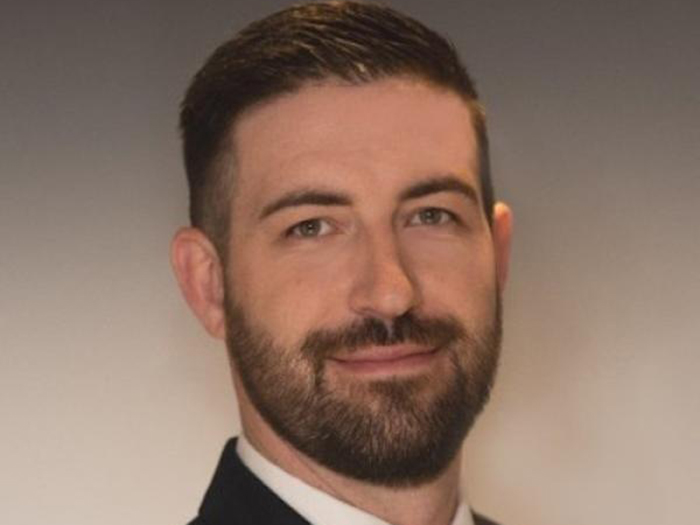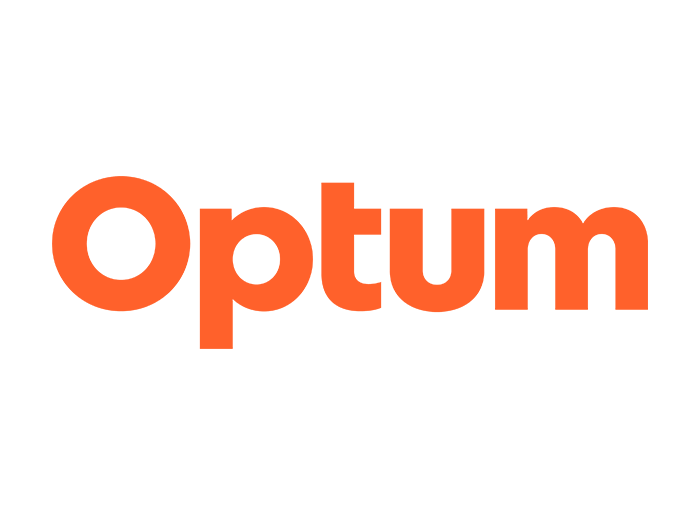If Uber Drivers Aren’t Employees, Who Is Responsible for Their Misbehavior?

Ride-sharing services aren’t the future, they’re right now. Just check my Uber charges for the last month — eight separate rides during one weekend away.
I’m only an occasional consumer of ride services, but if you examine the time I spend in the back of strangers’ cars, the realistic room for mishap is larger than I’d like to admit.
Even when traveling in groups, apps such as Uber, Lyft and Via are inherently plagued with obvious risk.
Unfortunately, out of Uber’s 16 million daily rides, some inevitably end in incidents; but a recent report claims that the company is doing little to stop them from occurring.
According to over 20 interviews with former and current agents from the Special Investigations Unit (SIU), investigators employed by Uber are seasoned by executives to act in favor of the company, not the customer.
According to the Washington Post, “SIU investigators are coached by Uber to act in the company’s interest first, ahead of passenger safety” and operates on a three-strike system when it comes to driver discipline.
Reality of the Regulations
What this means is that a driver can potentially commit three separate crimes, including sexual violence, before the company is obligated to block their drive servicing.
Agents are reportedly forbidden by Uber to direct victims’ allegations to law enforcement or encourage victims to seek legal action. And this isn’t the first time Uber has been in trouble for its governance of investigations.
A risk management consultant employed by the company released a 26-page memo back in January that detailed internal investigators being overworked, underpaid and mistreated.
So how can this company’s executives defend this corrupt method of operations? Because Uber doesn’t employ its drivers, it is not liable for their actions.
In the event of customer harm, then, if neither the company nor its drivers are responsible, who is?
A No-Star Safety Rating
According to Uber’s website, drivers operate under “The Services” to which they are given access once under contract.
“The Services comprise mobile applications and related services (each, an ‘Application’), which enable users to arrange and schedule transportation, logistics and/or delivery services and/or to purchase certain goods, including with third party providers of such services and goods under agreement with Uber or certain of Uber’s affiliates.”
In an S-1 file released in April 2019, Uber defended its professional reasoning for this method: “We believe that drivers are independent contractors because, among other things, they can choose whether, when, and where to provide services on our platform, are free to provide services on our competitors’ platforms, and provide a vehicle to perform services on our platform.”
While all of this is true, from a safety and risk management perspective, Uber is a four-wheeled, fast-lane liability.
By refusing to acknowledge its drivers as employees, Uber omits responsibility for providing service materials, scheduling and, most paramount, the behaviors of its workers.
And company executives aren’t the only party reaping the benefits.
Enjoying Loopholes While They Last
Within contracts, drivers for ride-service apps can dodge the confines of national labor laws amidst their unclear professional identification.
The New York Times stated that “Uber and Lyft have deftly maneuvered around labor laws to avoid obligations to drivers; drivers should similarly take advantage of legal loopholes available to them.”
When calculating emerging risk exposure to riders, Uber proves to be the perfect storm.
While effortlessly implementing the combination of auto and tech into their daily lives, consumers seem to be ignoring the safety implications that don’t make the headlines.
In April 2019, a University of South Carolina student was murdered by the driver of a vehicle that she mistook for her Uber. The incident resulted in the emergence of the #WhatsMyName campaign on social media, an incentive to promote rider-awareness in this fool-prone system. This is one incident, however, and there are hundreds of other newsworthy incidents are dangerously neglected every day.
When you combine real (although sensationalized) risk with a lack of corporate social responsibility, the outcome is predictably not pleasant.
Uber could be heading down a dead-end street. &










